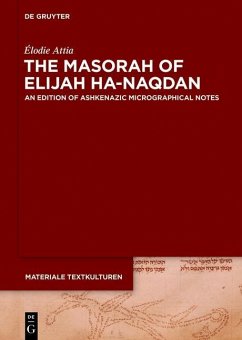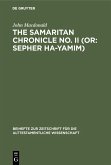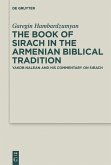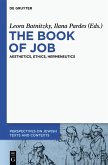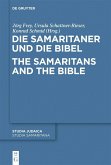Following Levita's statement, the Masorah transmitted by medieval illuminated manuscripts was generally considered as less significant for the study of the biblical and masoretical knowledge in the Jewish world. The biblical codices produced in Ashkenaz were considerably disregarded compared to Spanish codices. Challenging this assertion, this work engages in a reflection on the link between the standard Eastern tradition and the Ashkenazic biblical text-culture of the 13th century.
Élodie Attia provides an edition of thirteen cases taken from MS Vat. Ebr. 14, offering the oldest series of Masoretic notes written inside figurative and ornamental designs. Its critical apparatus offers an unprecedented comparison with the oldest Eastern and Ashkenazic sources to evaluate if the scribe paid more attention to aesthetic details than to the textual contents.
In an unexpected way, the Masoretic notes of Elijah ha-Naqdan, even written in figurative forms, show a close philological link with the Masorah of the eastern Tiberian sources and prove that the presence of figurative elements neither represents a loss nor a distortion of Masoretic knowledge, but rather illustrates a development in the Masoretic tradition.
Dieser Download kann aus rechtlichen Gründen nur mit Rechnungsadresse in A, B, BG, CY, CZ, D, DK, EW, E, FIN, F, GR, HR, H, IRL, I, LT, L, LR, M, NL, PL, P, R, S, SLO, SK ausgeliefert werden.

